02:31
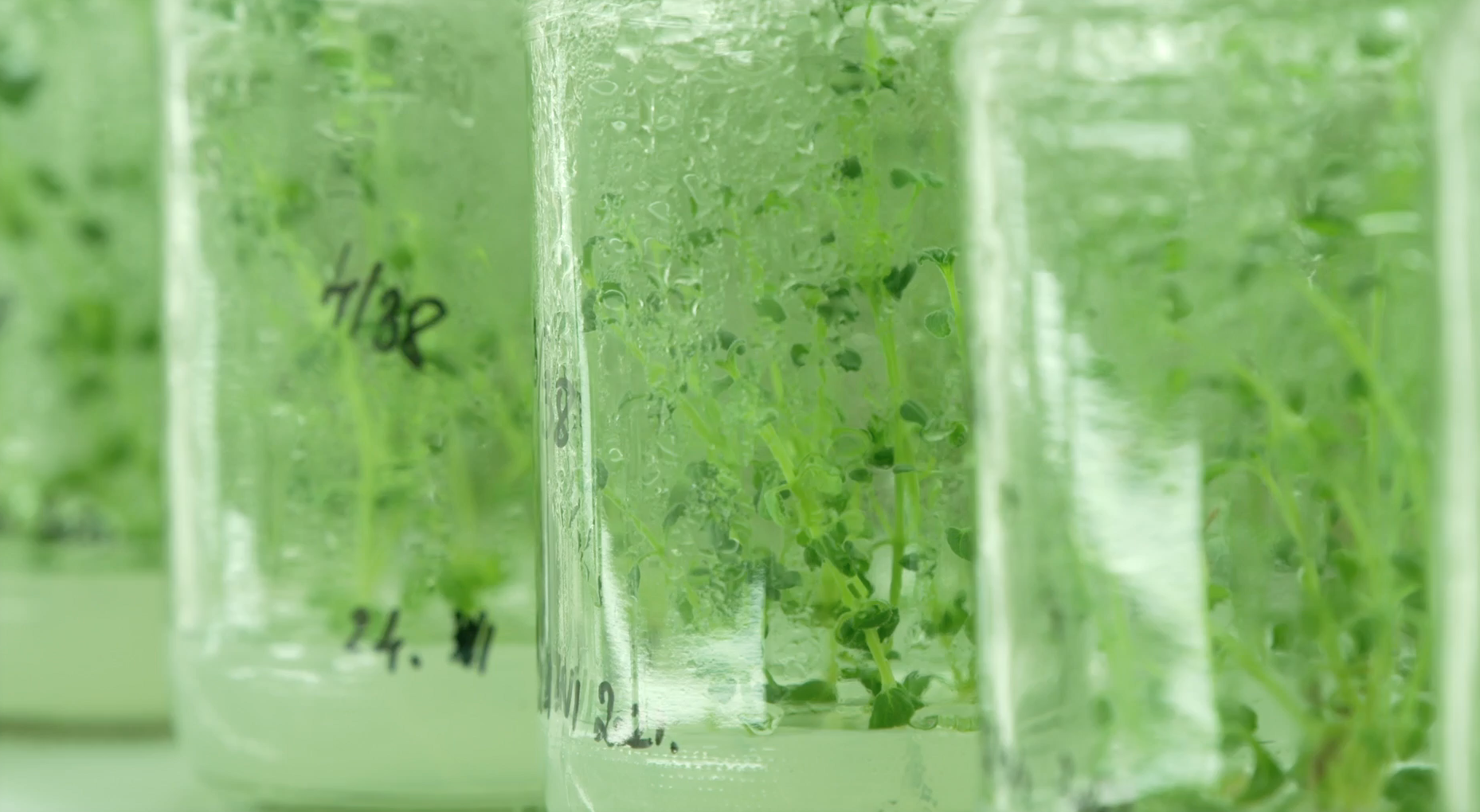
In downtown Belgrade, behind several huge birch canopies, is Serbia's leading biological institution.
For almost 75 years, scientists of the Sinisa Stankovic Institute for Biological Research have conducted fundamental work. Now, for the first time, they've embarked on new research together with Chinese colleagues. It is a joint Chinese-Serbian bio-lab, the latest addition in a chain of over 50 similar labs worldwide.
Opened over a month ago, the Serbian branch's purpose would be to find the climate limits local plants can accept – and whether those herbs could be used to treat some illnesses.
READ MORE:
'Lucifer' heatwave hits southern Europe
Ice Age lion cubs found in permafrost
Can AI detect COVID-19 from a cough sound?
"The idea originated from the Chinese President (Xi Jinping)," explains the Institute's assistant director, Momir Paunovic. "There are already many similar labs worldwide, but this one is the first in the Balkans.
"Before the lab opening, we had an extraordinary collaboration with the Chinese colleagues from the Shanghai Institute of Materia Medica."
Inside one of the Institute's labs are hundreds of glass vessels, where scientists grow local plants under artificial light and in various conditions. Rapidly changing world climate affects entire systems of flora, and here the scientists test the temperatures and drought survival limits for each and every one of the spices.
They also send the results to Shanghai for joint evaluation with the Chinese colleagues.
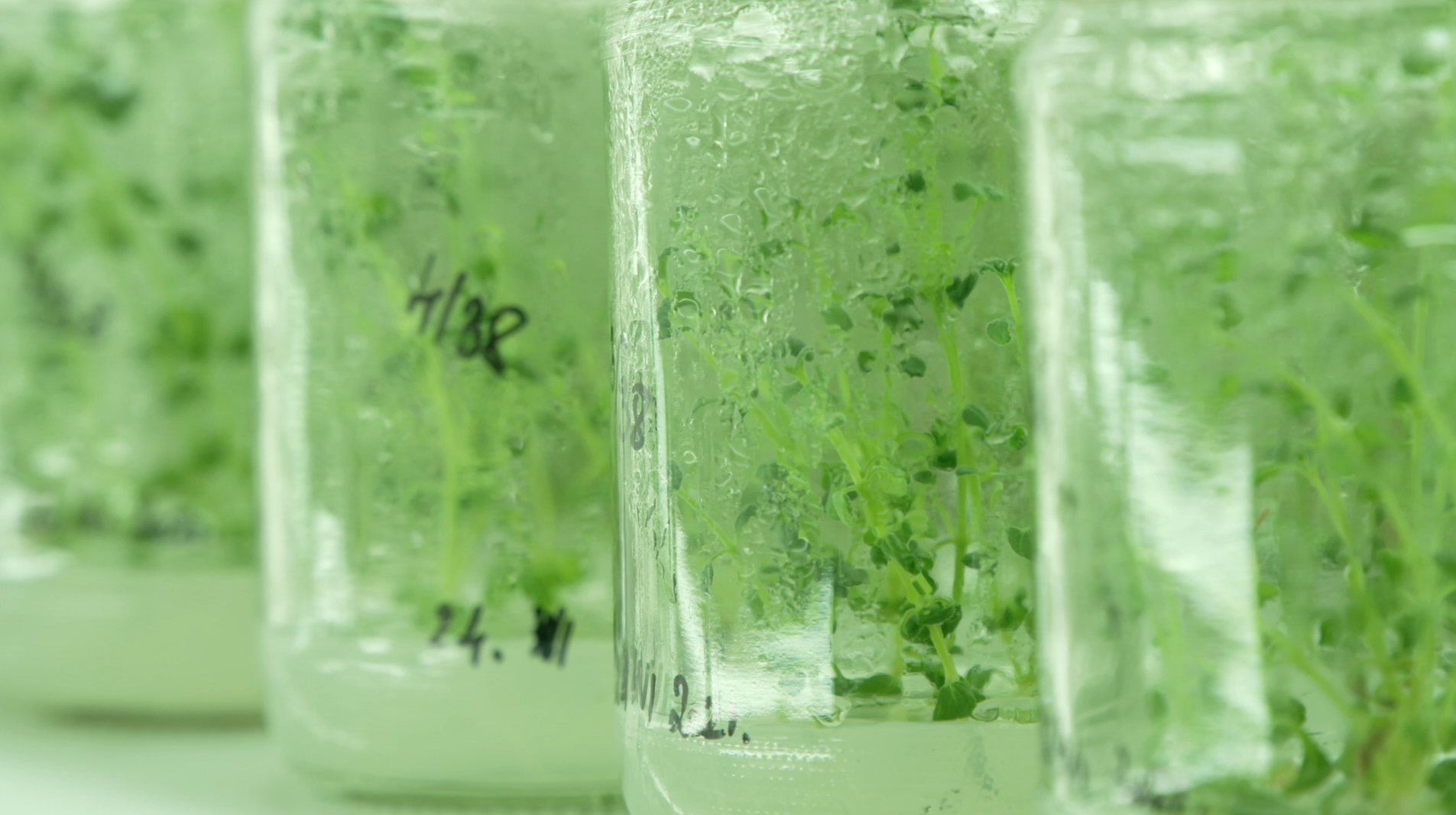
Hundreds of beakers contain local plant specimens. /CGTN
Hundreds of beakers contain local plant specimens. /CGTN
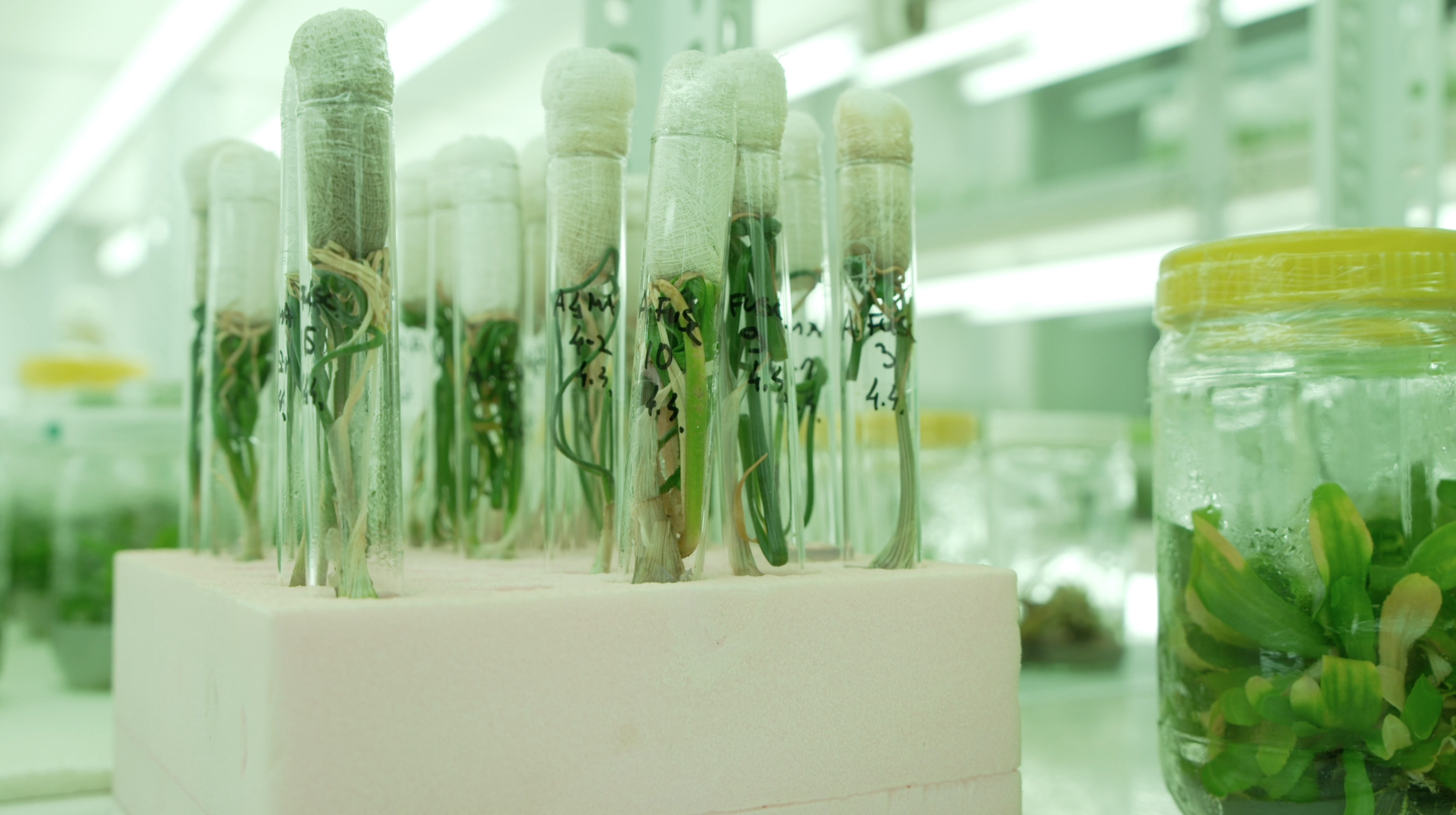
Scientists study how the plants grow. /CGTN
Scientists study how the plants grow. /CGTN
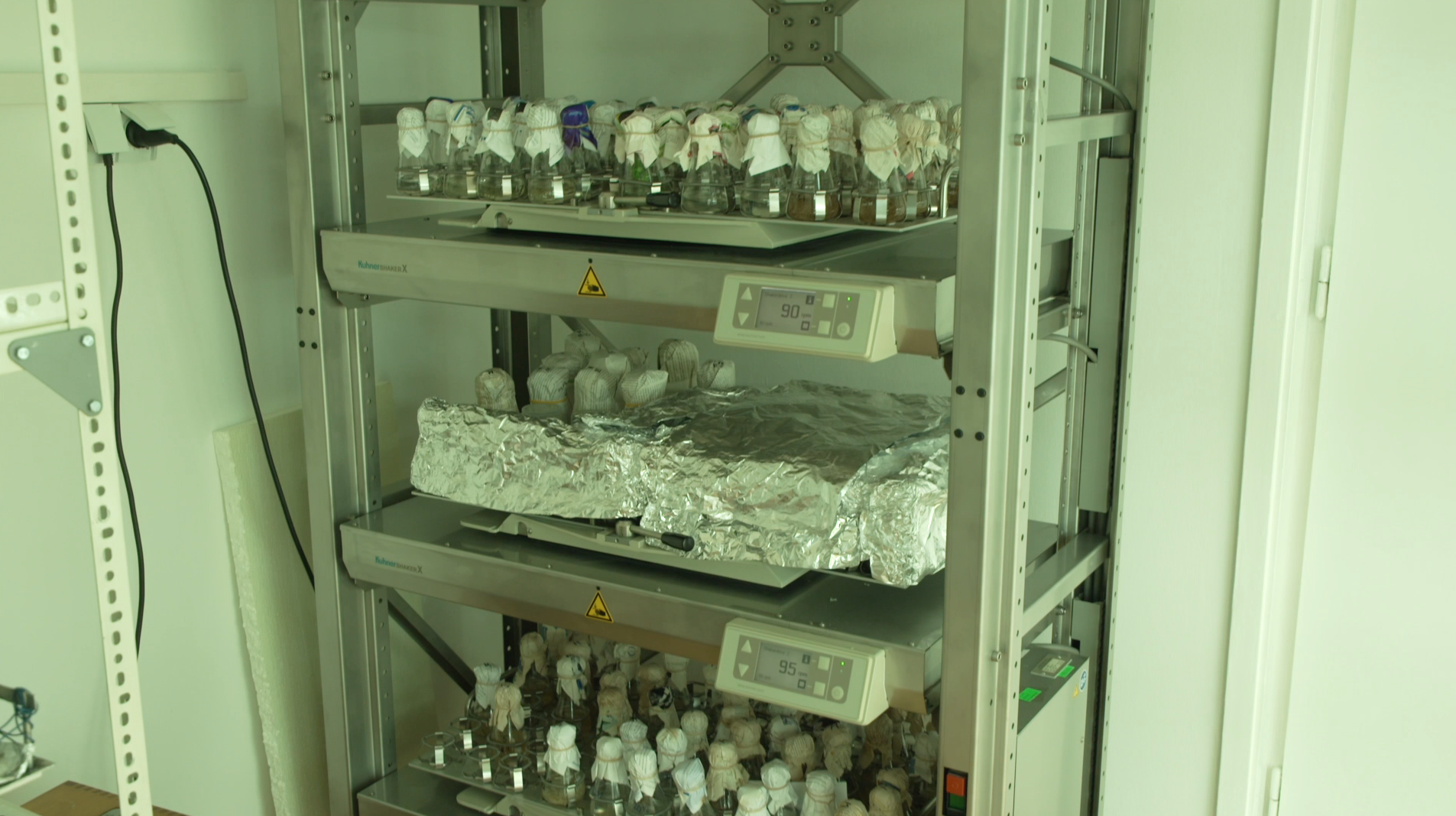
The plants are grown in carefully calibrated conditions. /CGTN
The plants are grown in carefully calibrated conditions. /CGTN
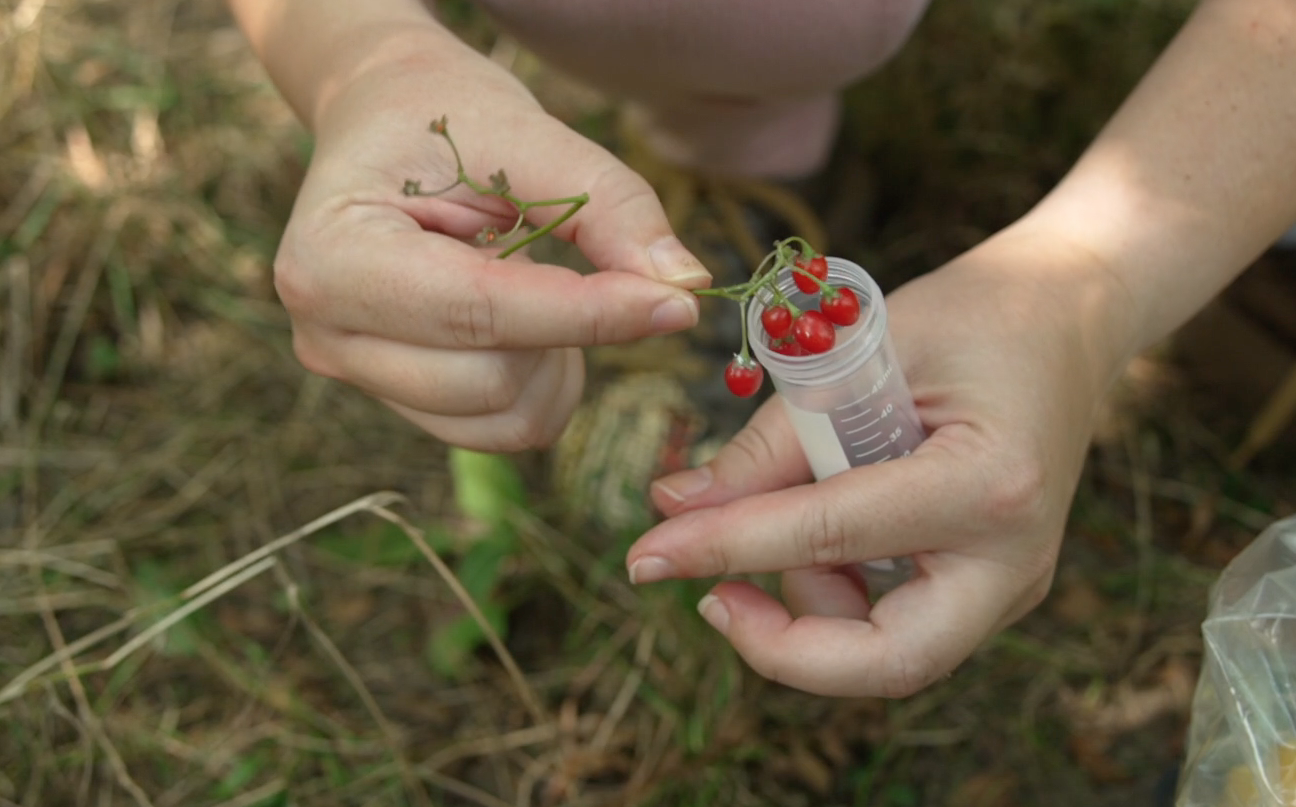
Solanum dulcamara is one of the local plants chosen for research. /CGTN
Solanum dulcamara is one of the local plants chosen for research. /CGTN
While the plants are studied in high-tech labs, first they have to be harvested from their natural habitats all over the region. CGTN joined an expedition to the nature reserve Carska bara, or the Emperor's Swamp, some 100 kilometers northeast of Belgrade.
On this trip, the scientists sought one particular plant: Solanum dulcamara, a distant relative of domesticated tomatoes and potatoes. After negotiating some rough swamp terrain, the scientists carefully pick the ripe fruits, the flowers, and the leaves.
Some of those samples would end up as a new plant in the Belgrade lab, and some would end up in Shanghai for further research.
"We are traveling all around the Balkan Peninsula, not only in Serbia, but also the other countries," explains Danijela Misic, principle research fellow at the Institute. "We collect many plants, like medicinal plants that are also used in traditional medicine, but also in modern medicine, like in the treatment of some illnesses.”
The Serbian and Chinese scientists hope that their work will help not only fight the effects of global warming but also find cures for illnesses like cancer, diabetes and bacterial infections.

